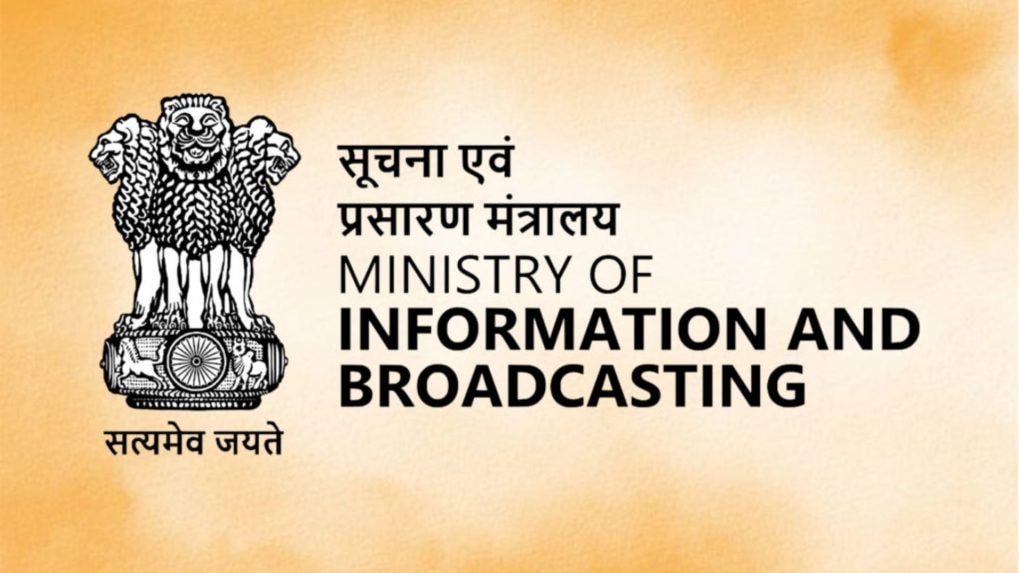MIB seeks four-part Digital Ethics Code covering news, streaming, and user posts
The proposals form part of matters being heard in the Ranveer Allahabadia case and a connected petition filed by Cure SMA Foundation of India.
ADVERTISEMENT
The Centre has proposed a far-reaching revamp of India’s digital content regulatory framework, including a fresh ethics code for social media users, online news publishers, and streaming platforms, the Ministry of Information and Broadcasting (MIB) informed the Supreme Court in a written submission on November 20. The move would significantly expand the scope of the Digital Media Code of Ethics issued under the Information Technology (IT) Rules, 2021.
The government told the court that it is considering amendments to the IT Rules to introduce a definition for “obscene digital content” and set up a dedicated code of ethics to regulate such material across all forms of digital publishing. This approach would mirror the Programme Code that governs television broadcasting.
In its filing, the MIB acknowledged that the Bombay High Court had stayed the implementation of Rules 9(1) and 9(3) of the IT Rules, 2021, calling them ultra vires. Rule 9(1) requires publishers to comply with the Code of Ethics, while Rule 9(3) lays out a three-tier grievance redressal structure.
Despite the stay, most publishers continue to voluntarily adhere to the code and have set up self-regulatory bodies at the second tier. The MIB also continues to issue directions, including blocking orders, within this framework. Still, the ministry told the Supreme Court that Part III of the Rules must be “redrafted” to conform with constitutional protections under Article 19(1)(a) and the reasonable restrictions allowed under Article 19(2).
The government has cited Section 67 of the IT Act, 2000, as the statutory basis for drafting guidelines on obscenity in digital content. Section 67 criminalises publishing obscene material online, with penalties of up to ₹5 lakh and/or three years’ imprisonment for a first conviction, rising to ₹10 lakh and five years for subsequent offences.
The proposals form part of matters being heard in the Ranveer Allahabadia case and a connected petition filed by Cure SMA Foundation of India. Earlier this year, a bench led by Justice Surya Kant had asked the government to propose regulatory measures for content that may be considered morally offensive within the limits of Article 19(2).
During an August 28 hearing, Attorney General R. Venkataramani said the new guidelines would aim to protect the rights and dignity of all stakeholders without infringing individual freedoms. These guidelines were to be drafted in consultation with the News Broadcasters and Digital Association (NBDA).
The MIB has proposed a definition of “obscene digital content” modelled on Section 292 of the Indian Penal Code, which addresses obscene publications. Under the proposed framework, any digital content that is lascivious, appeals to prurient interest, or tends to “deprave and corrupt” viewers may be classified as obscene.
The revamped code would be split into four parts, significantly expanding its reach. The first section—covering all digital content including news, online curated content, and user-generated content—would feature a detailed obscenity code, broadly aligned with the Programme Code for television.
This would prohibit content that promotes anti-national attitudes, derides racial or caste groups, incites crime or violence, glorifies criminality, represents vulgar or offensive themes, or denigrates persons with disabilities.
Notably, the proposed digital code does not include the Programme Code’s prohibition on content promoting superstition or blind belief.
The ministry has suggested that the Community Standards Test laid down by the Supreme Court in Aveek Sarkar vs State of West Bengal should be applied to determine whether content is obscene.
The proposed code for all digital content also includes a section dealing with synthetic media and deepfakes. This may draw from draft rules issued by the Ministry of Electronics and IT (MeitY) on October 22, which focus on synthetically generated information. However, MeitY’s draft rules apply only to intermediaries, while the MIB’s framework governs publishers—creating longstanding ambiguity in regulating influencers and everyday social media users.
The second part of the revamped code would apply specifically to online curated content—OTT platforms like Netflix, Amazon Prime Video, and JioCinema. This section retains the current requirements relating to content classification, age ratings, display of classification, and access controls.
However, the existing “General Principles” section—directing platforms to avoid transmitting illegal or harmful content—has been removed in the proposed new version.
The MIB has also suggested adding accessibility norms based on draft guidelines released on October 7. These would require major platforms to introduce at least one accessibility feature for visually- or hearing-impaired users across their full content library within 24 months.
The third part of the revamped code will cover user-generated content across social platforms such as Instagram, Facebook, X, and YouTube. This section remains under consideration.
The fourth part will deal specifically with digital news and current affairs. Under current rules, digital news publishers must comply with the Press Council of India’s Norms of Journalistic Conduct and the Cable Television Networks Act’s Programme Code. The MIB has not yet detailed how these obligations may change.
As the government seeks to redraw India’s digital regulatory architecture, the Supreme Court is expected to continue monitoring the proposals in upcoming hearings. The final form of the revamped Digital Media Code of Ethics is likely to have sweeping implications for publishers, platforms, influencers, and millions of social media users across the country.

